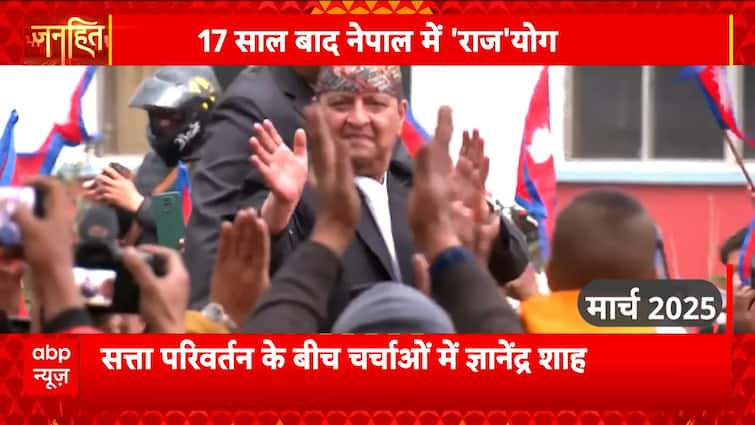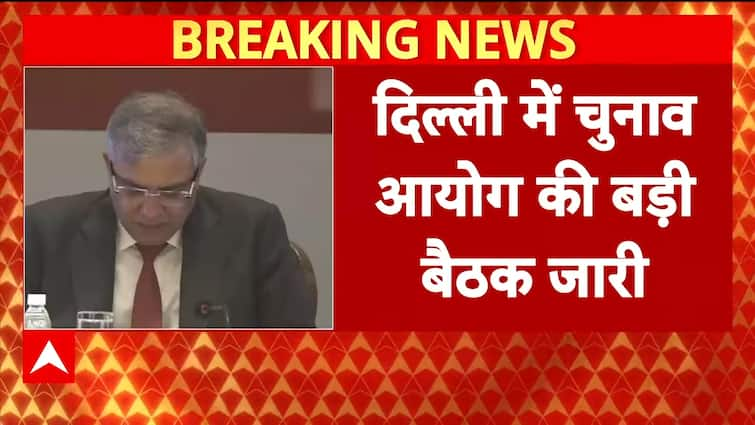As protests engulf Nepal, questions are rising about the true nature and direction of the youth-led uprising. While the movement initially targeted corruption, unemployment, and government censorship, attention is now shifting toward deeper political undercurrents. Two prominent names have emerged in the current unrest — Ravi Lamichhane, the former Deputy Prime Minister who was recently released from jail amid a cooperative scam investigation, and Sudan Gurung, the head of an NGO who reportedly mobilized public support. Behind the scenes, youth leader Bal Shah has been credited with guiding the momentum, though unofficially. Observers are drawing connections between the present uprising and events from March 2025, when former King Gyanendra Shah returned to Kathmandu to massive public support. While current protests don’t explicitly call for the monarchy’s return, past slogans like “Raja Aao, Desh Bachao” (King, Come Back and Save the Nation) have re-entered public discourse. Nepal has seen 13 governments in 17 years, and continued economic decline, inflation, and rising Christian conversion under leftist regimes have frustrated the majority-Hindu population. Now, many are asking: Is this just a revolt against corruption — or the start of a monarchist revival cloaked in popular dissent?



